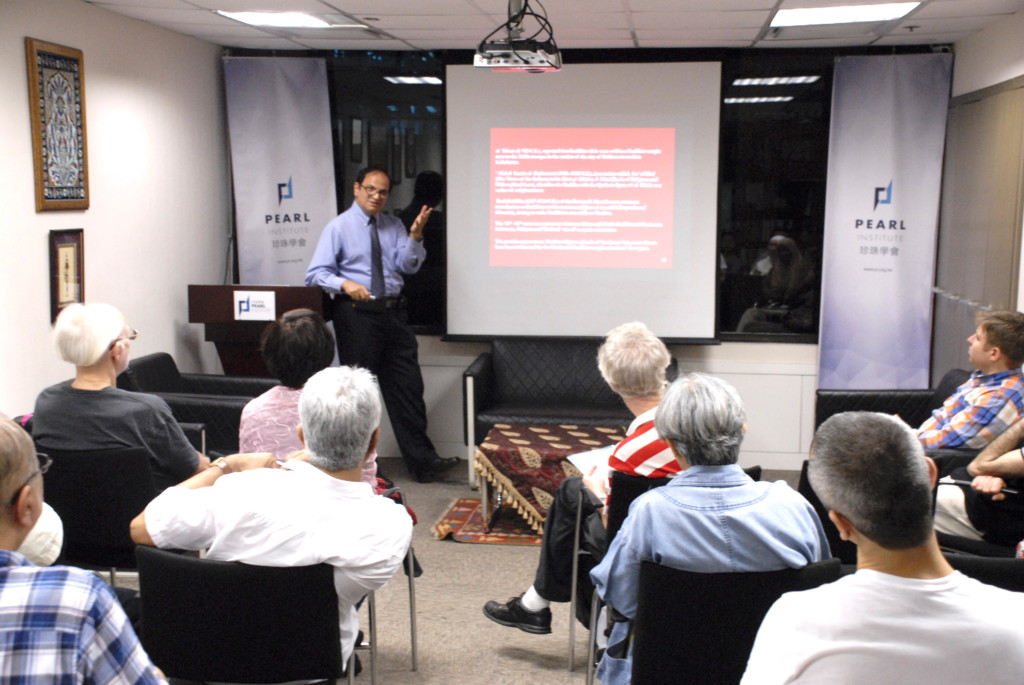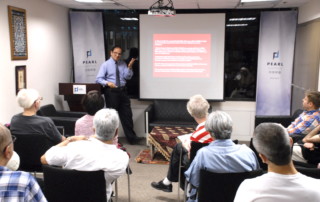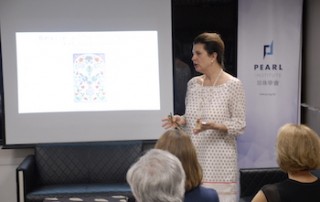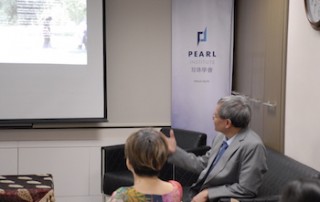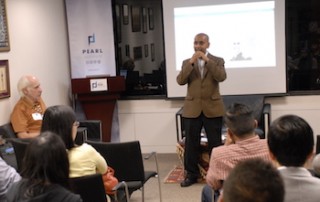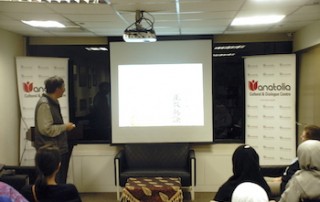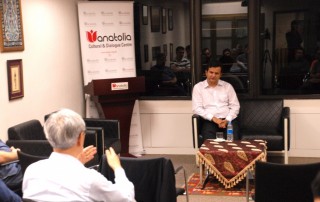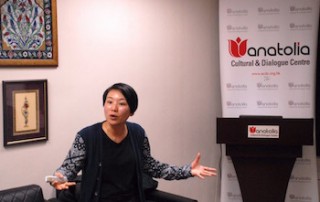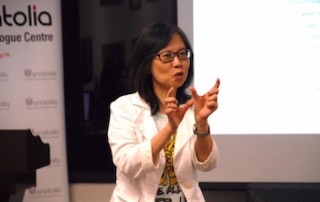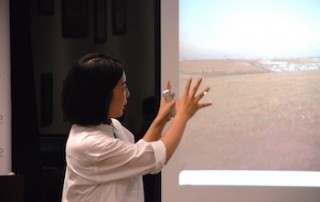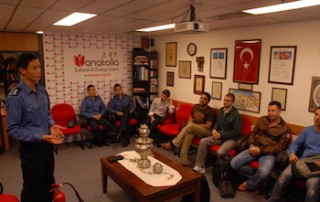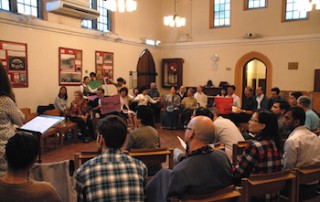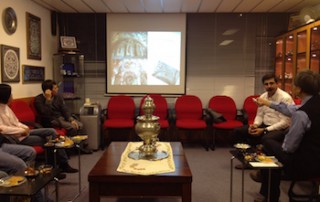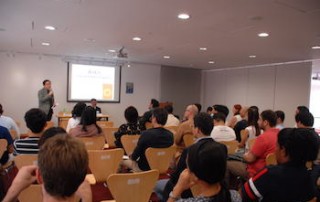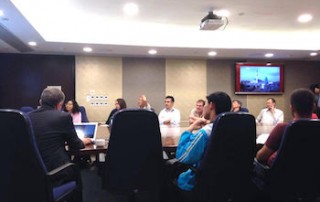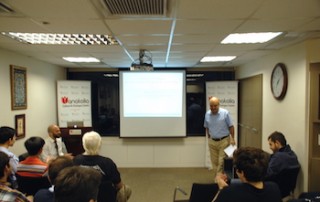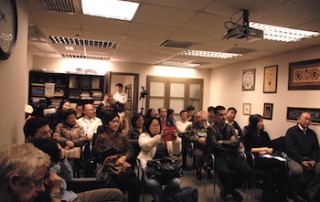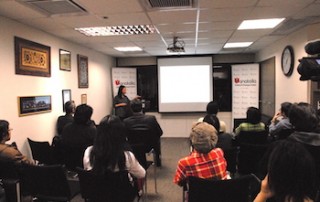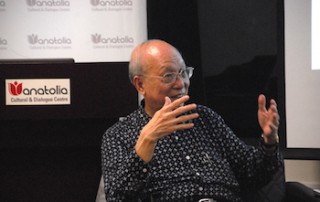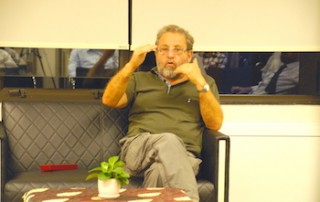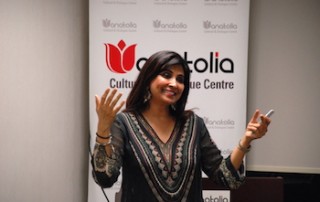Talk on Islam and Buddhism Dialogue at PI
Posted on 2/6/2016
EVENT DETAILS
History has unfortunately witnessed many violent acts conducted in the name of faith. However, many have begun to recognize another role of religion – as a powerful source for peace and reconciliation. As such, the number of studies on “interfaith dialogue” is promisingly growing.
Interfaith dialogue has been a very controversial issue and there have been a lot of discussions about it: its necessity, rationale, and success (Kurucan 2006). These questions have made it obvious that people are not aware of the real meaning of interfaith dialogue.
Perelman and Olbrechts- Tyteca (1969) explain dialogue as follows: “… (it) is not supposed to be a debate … but rather a discussion in which the interlocutors search honestly and without bias for the best solution to a controversial problem” (196, 37). Related to this description, Gulen (2000) describes interfaith dialogue as “… seek(ing) to realize religion’s basic oneness and unity, and the universality of belief. Religion embraces all beliefs and races in brotherhood, and exalts love, respect, tolerance, forgiveness, mercy, human rights, peace, brotherhood, and freedom via its Prophets” (The Fountain, September 2000). These descriptions bring out another question: how useful and beneficial can interfaith dialogue be in solving problems?
Interfaith dialogue does not aim to change the ideas of people about their religions or faiths, but seeks to find common ground between religions, to focus on communities, and through an emphasis on harmony and peace, find solutions to many of our common problems. In fact, one of the reasons for interfaith dialogue is to “provide an atmosphere of freedom” (Kurucan 2006, 17).
In his talk, Mr Yusuf mentioned the specific researches on Muslim and Buddhist Dialogue. Please watch the video to learn more.
Invalid Displayed Gallery
- Talk on Turkey’s Historical Significance for the Bahá’í FaithPearl Institute2017-06-06T11:38:04+08:00
- Talk on Heritage of Dialogues between Islam and ConfucianismPearl Institute2017-06-06T11:38:05+08:00
- Talk about Stories of Syrian Refugees from A Photographer’s FramePearl Institute2017-06-06T11:38:10+08:00
The views and opinions expressed on this posts/pages are those of the authors and do not necessarily reflect the views or opinions of Pearl Institute, its staff, other authors, members, partners, or sponsors.

